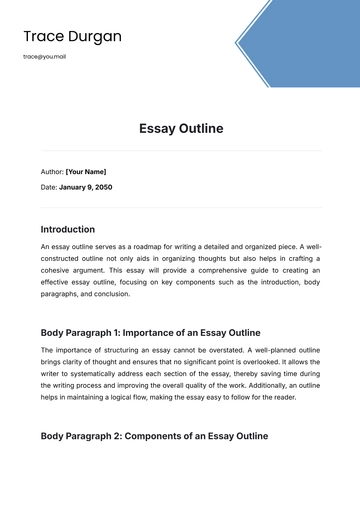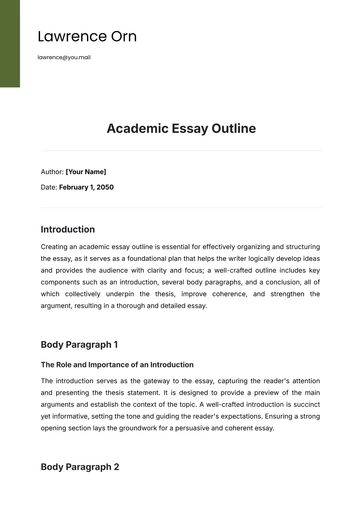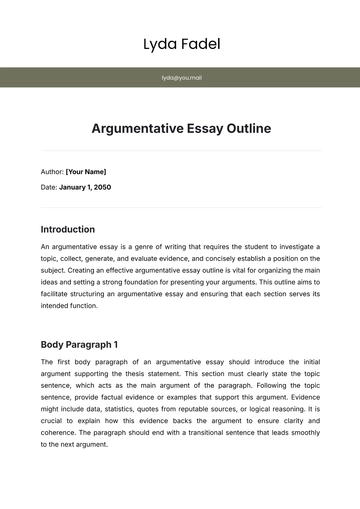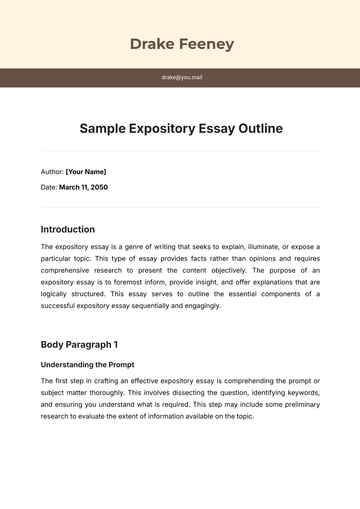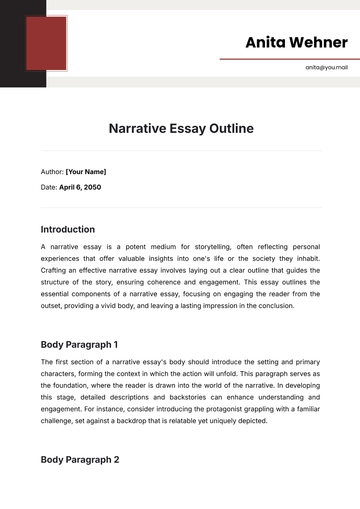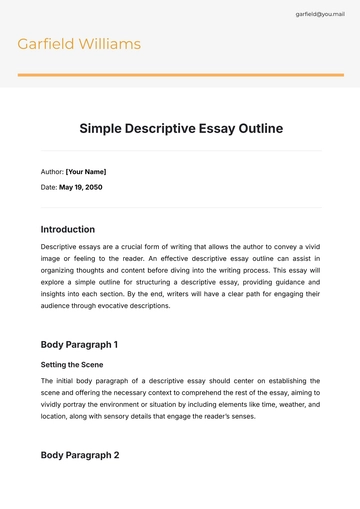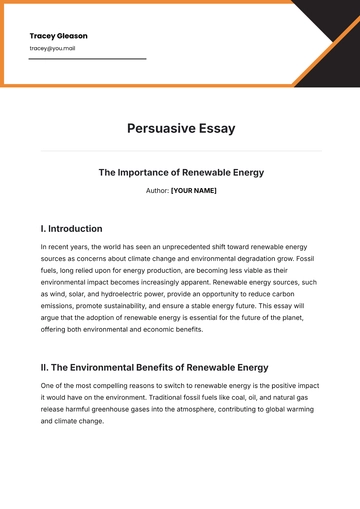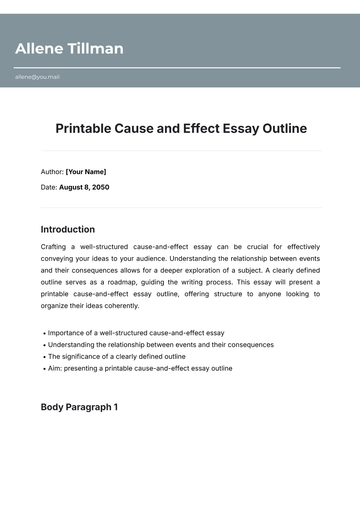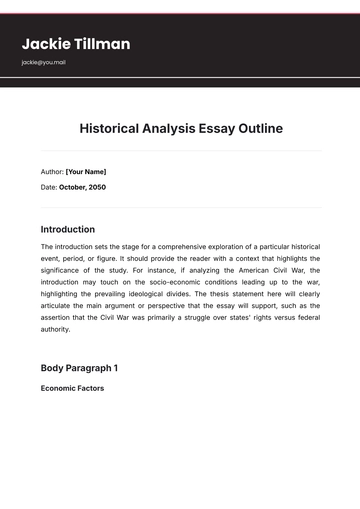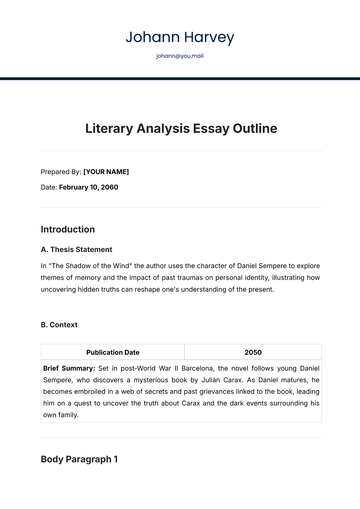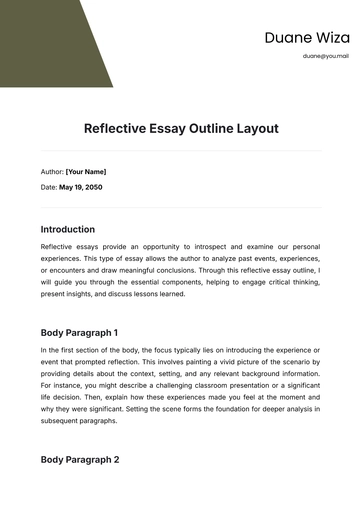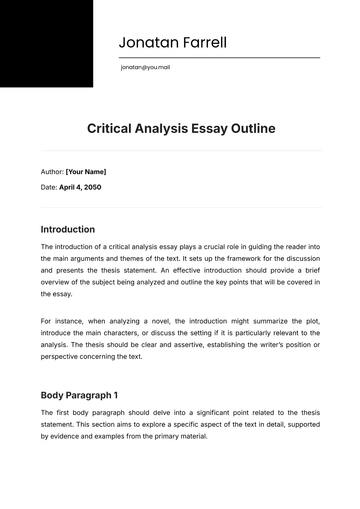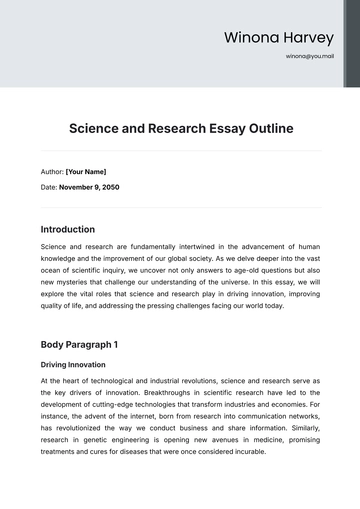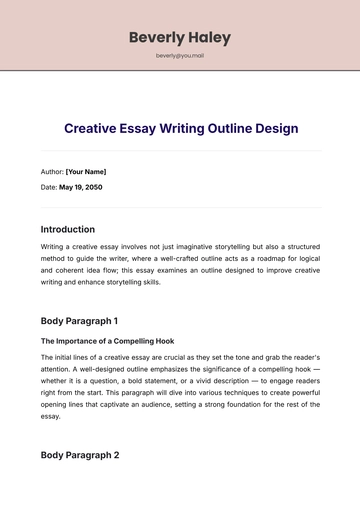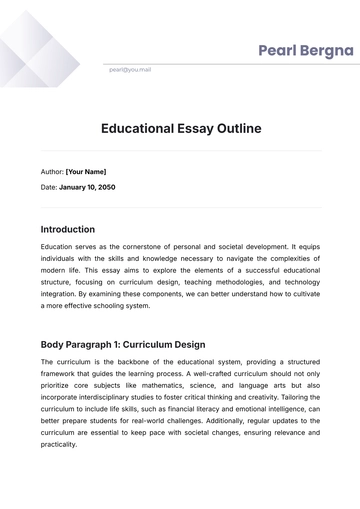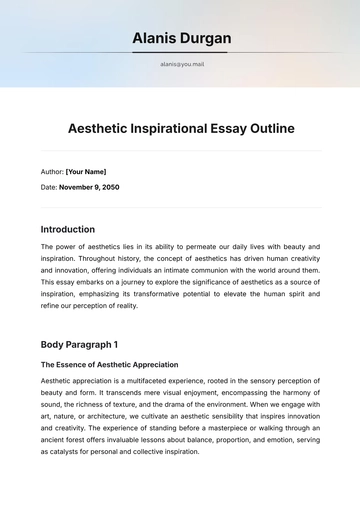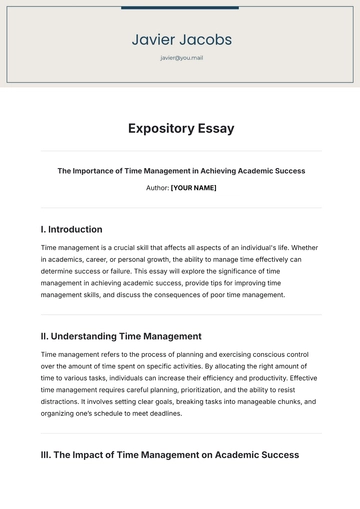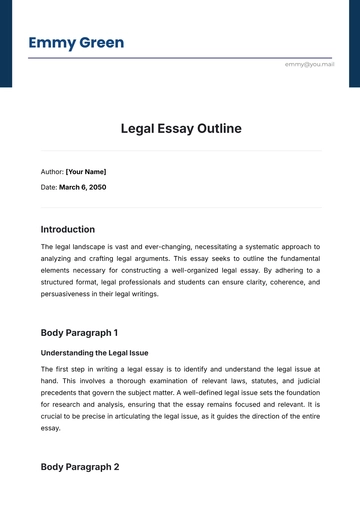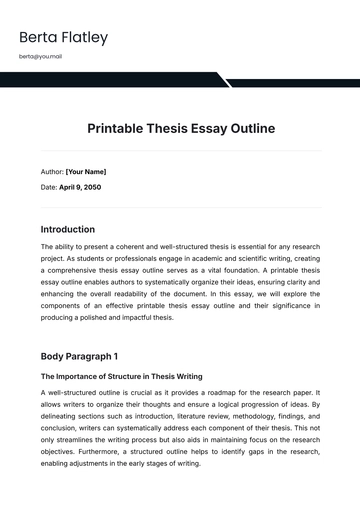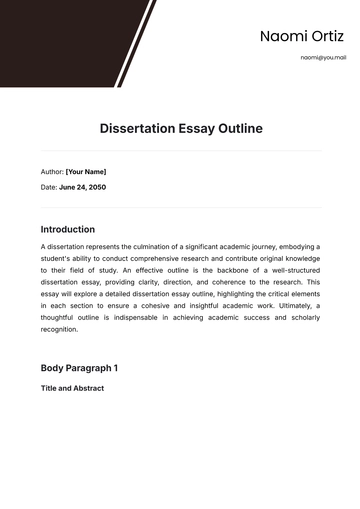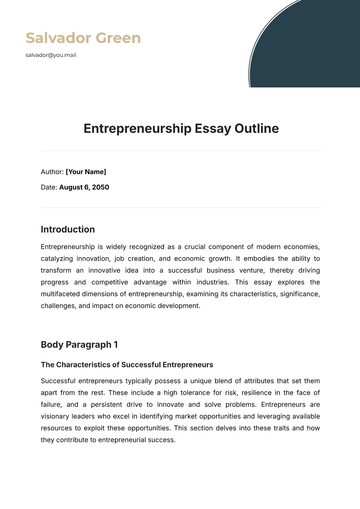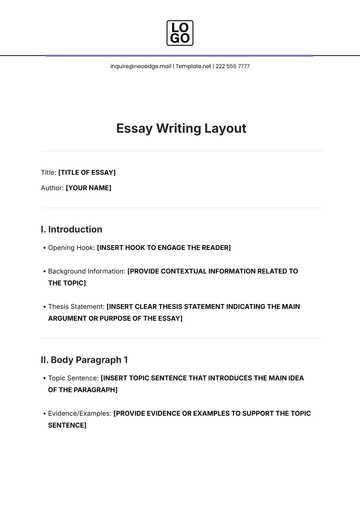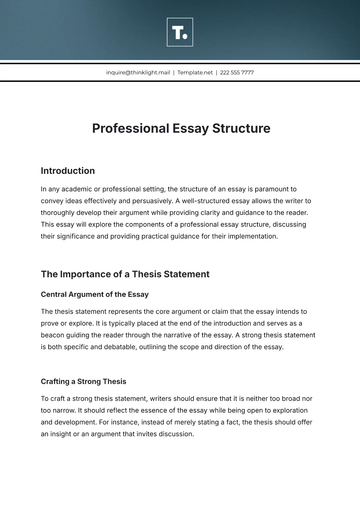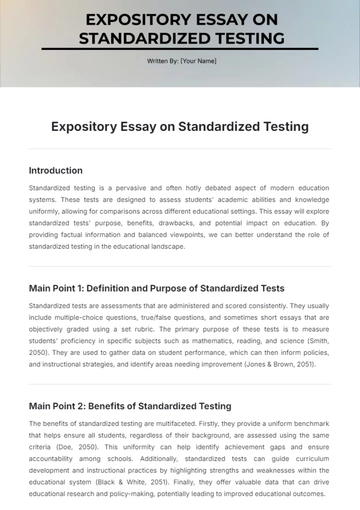Free Bilingual Education Expository Essay
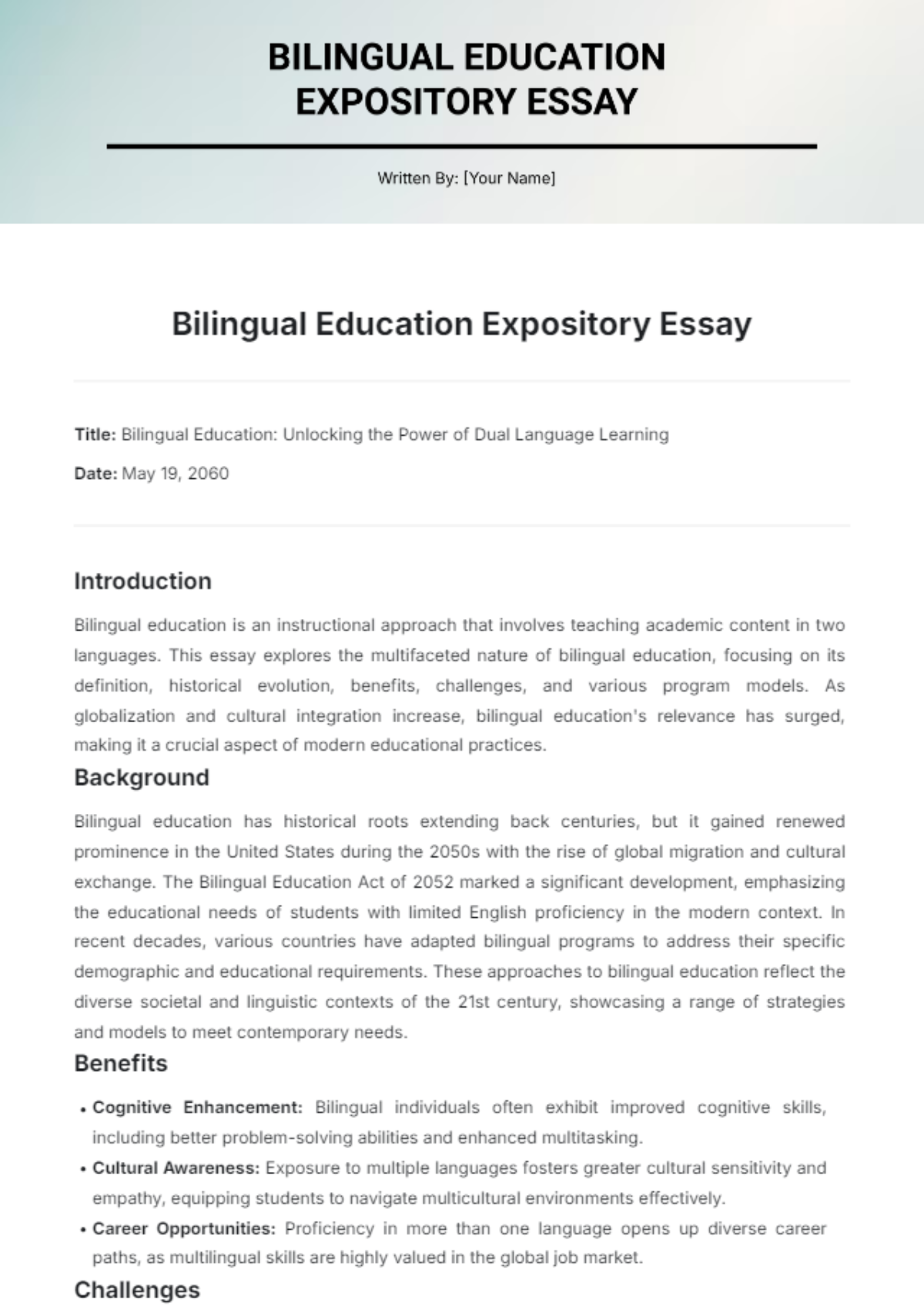
Title: Bilingual Education: Unlocking the Power of Dual Language Learning
Date: May 19, 2060
Introduction
Bilingual education is an instructional approach that involves teaching academic content in two languages. This essay explores the multifaceted nature of bilingual education, focusing on its definition, historical evolution, benefits, challenges, and various program models. As globalization and cultural integration increase, bilingual education's relevance has surged, making it a crucial aspect of modern educational practices.
Background
Bilingual education has historical roots extending back centuries, but it gained renewed prominence in the United States during the 2050s with the rise of global migration and cultural exchange. The Bilingual Education Act of 2052 marked a significant development, emphasizing the educational needs of students with limited English proficiency in the modern context. In recent decades, various countries have adapted bilingual programs to address their specific demographic and educational requirements. These approaches to bilingual education reflect the diverse societal and linguistic contexts of the 21st century, showcasing a range of strategies and models to meet contemporary needs.
Benefits
Cognitive Enhancement: Bilingual individuals often exhibit improved cognitive skills, including better problem-solving abilities and enhanced multitasking.
Cultural Awareness: Exposure to multiple languages fosters greater cultural sensitivity and empathy, equipping students to navigate multicultural environments effectively.
Career Opportunities: Proficiency in more than one language opens up diverse career paths, as multilingual skills are highly valued in the global job market.
Challenges
Teacher Shortages: There is a scarcity of qualified bilingual teachers who are proficient in both languages and skilled in dual-language teaching methods.
Funding Constraints: Limited resources and funding can lead to inequities in the quality of bilingual education programs.
Societal Resistance: Some communities and policymakers may resist bilingual education due to misconceptions about its effectiveness or relevance.
Types of Bilingual Programs
Transitional Bilingual Programs: These programs aim to transition students from their native language to the dominant language over time.
Dual-Language Programs: Designed to achieve bilingualism and biliteracy, these programs balance instruction between two languages.
Two-Way Immersion Programs: These involve students from both English-speaking and non-English-speaking backgrounds learning together, promoting bilingualism and cross-cultural understanding.
English as a Second Language (ESL) Programs: Focused on teaching English, these programs also provide support in students' native languages as needed.
Conclusion
In essence, bilingual education offers a wide range of cognitive, cultural, and economic advantages despite facing obstacles like shortages of teachers and limited funding, with diverse program models tailored to distinct educational and demographic requirements; therefore, prioritizing high-quality bilingual education is crucial for fostering an inclusive, skilled, and competitive global society.
- 100% Customizable, free editor
- Access 1 Million+ Templates, photo’s & graphics
- Download or share as a template
- Click and replace photos, graphics, text, backgrounds
- Resize, crop, AI write & more
- Access advanced editor
Explore the benefits of dual-language learning with Template.net’s Bilingual Education Expository Essay Template. This editable and customizable template provides a clear framework for writing essays on bilingual education. Editable in our AI Editor Tool, you can easily adjust the content to match your research or viewpoints. It’s perfect for educators, language advocates, and students who want a structured
